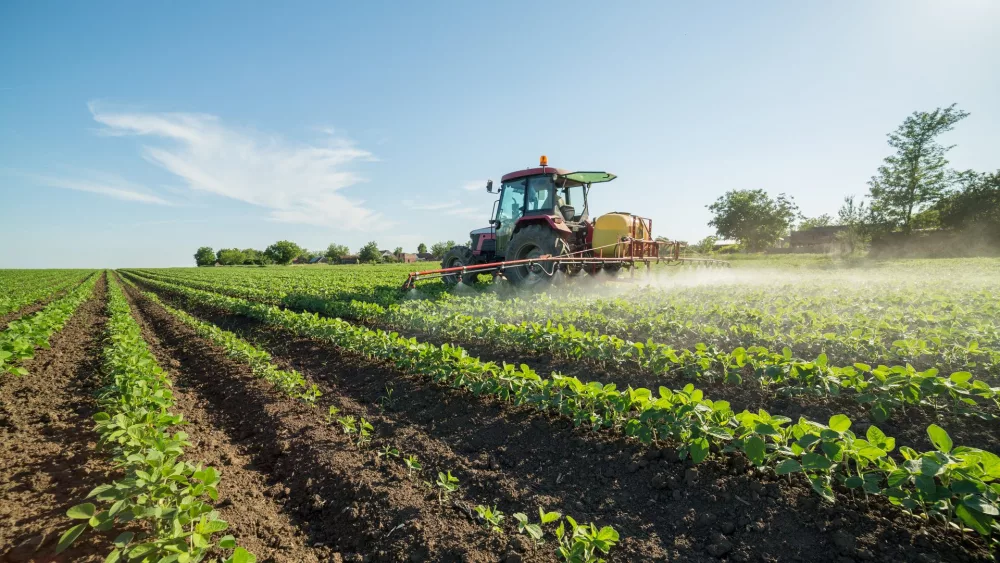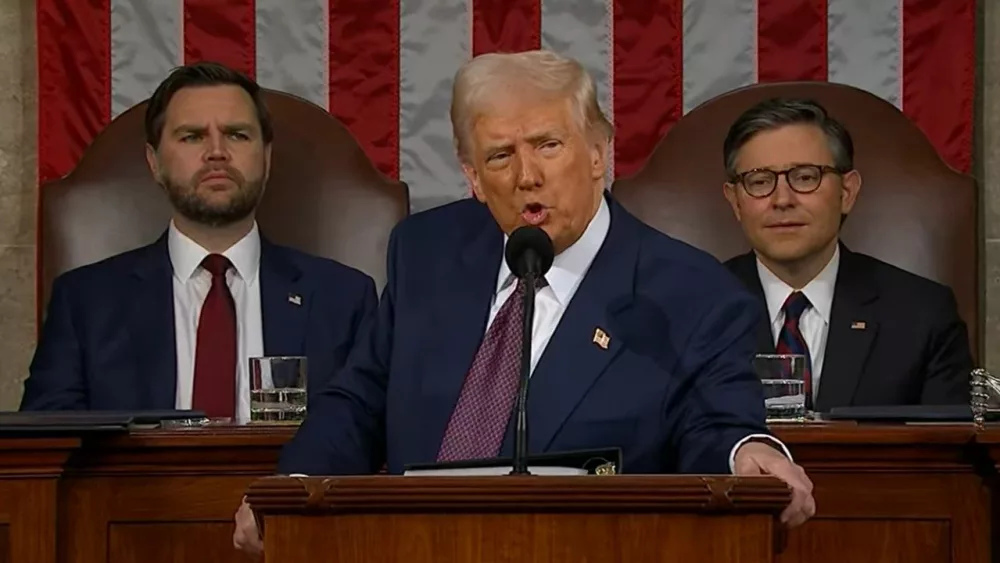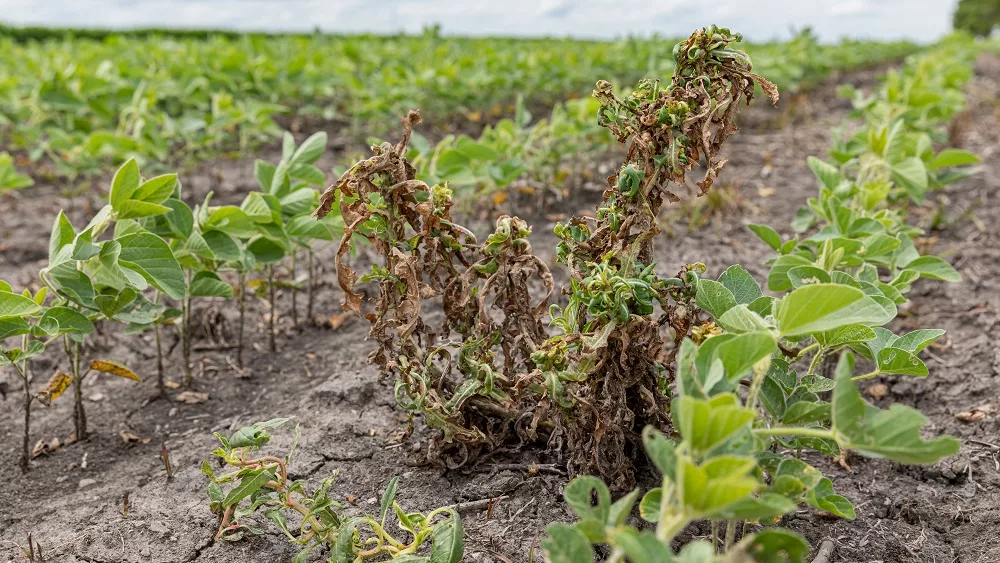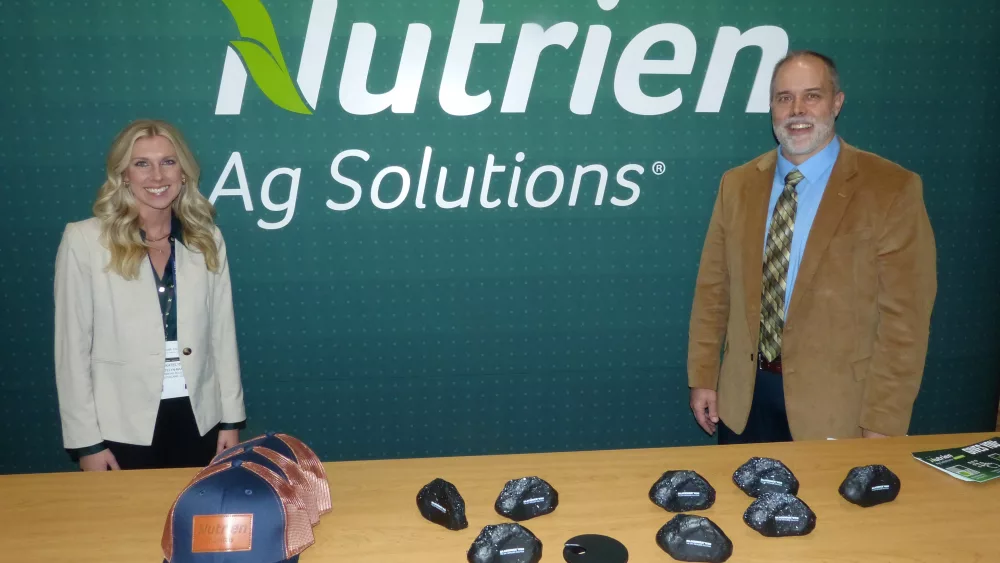It could revolutionize farming, and not in a good way. I’m talking about the Environmental Protection Agency’s proposed Herbicide Strategy to comply with the Endangered Species Act. Kyle Kunkler, Director of Government Affairs for the American Soybean Association, joins us on the latest Indiana Ag Policy Podcast from Hoosier Ag Today to explain.
“If this thing were implemented tomorrow, 80% of our farmers would be non compliant and about 50% of them would have a pretty significant implementation burden to bring their farm up to compliance to continue to use the pesticides that they’re they’re currently using on their farm, to say nothing of new pesticides. I mean, we’re looking at potentially billions upon billions of dollars in costs for implementing this thing.”
The good news is it won’t be implemented tomorrow, and the EPA is listening to farm groups like ASA. EPA wants more conservation practices like using cover crops and reduced tillage to be able to continue using pesticides. But it’s going to take a lot more than just doing those practices, things that Kunkler says farmers aren’t currently doing a lot of.
“They could be things like riparian buffers, vegetative filter strips, grass waterways. To put those in on one field- maybe not a big deal. Extrapolate that- what’s that going to cost to put those in across 1,000 acres, 2,000, 5,000 acres? You’re looking at significant, enormous cost for an individual farming operation. And then if everybody and all of their neighbors are trying to do this all at once, and this was a USDA estimate, they did an analysis for herbicide strategy, they said one crop- corn- in three states, Iowa, Illinois in Nebraska, could cost those farmers as much as over $5 billion to implement this thing. And so we’re talking about the risk of potentially putting a lot of farmers out of business.”
Kunkler says if you’re not in the know on this, you need to be. It’s coming whether you like it or not. Learn more on the Indiana Ag Policy Podcast, available now below or wherever you listen to podcasts.





